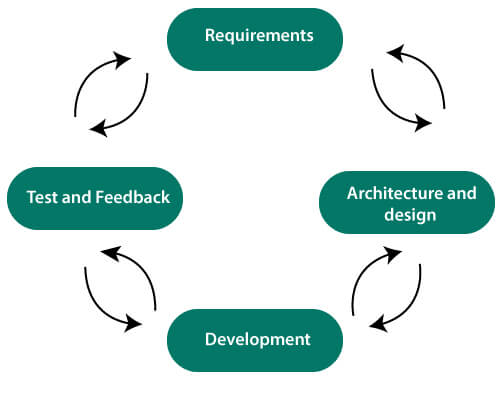In Agile development, Design and Implementation are considered central functions in the software process.
The Design and Implementation Phase also incorporates other functions such as promoting needs and testing into it. In the agile method, iteration occurs in all activities. Therefore, needs and design are developed together, rather than separately.
Service delivery and planning and development planning as undertaken in a series of promotions. In contrast to the standard model, where the collection needs to be completed to advance to the design and development phase, it offers Agile development a level of greater flexibility.
The agile process is more focused on coding development than on text.
The Team A Development Plan is as follows :
* Needs analysis and integration – 1.5 months
* System Design – 2 months
* Coding Phase – 4 months
* System Integration and Testing – 2 Months
* User Acceptance Test – 5 Weeks
The Group B Development Plan is as follows :
Since this was Agile, the project was split into several phases.
Repetition is all about the same time.
At the end of each iteration, an active product with a new feature should be introduced.
Instead of spending 1.5 months collecting requirements, they will determine the key features needed for the product and decide which of these features can be improved in the first iteration.
Any remaining features not delivered in the first iteration will be delivered in the next iteration, depending on the value. At the end of the first duplication, the team will introduce functional software with some basic features.
